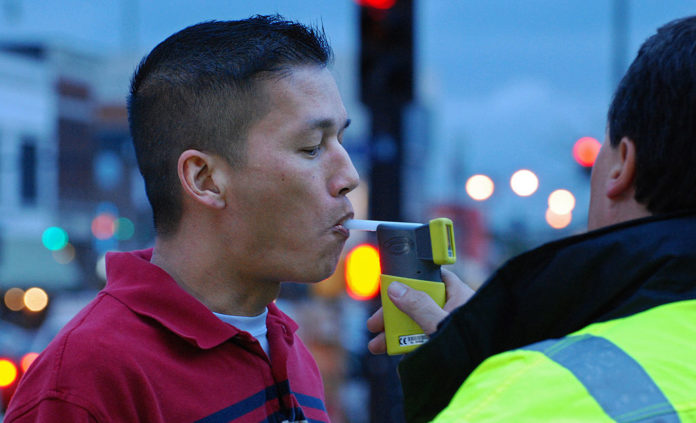A new, low-cost chemical sensing chip could test for cocaine, opioids and marijuana as quickly as a breathalyzer identifies alcohol.
This kind of technology has long been on the wish list of police officers, custom officials and others looking to curb drug use and control dangerous driving.
The chip could be integrated into a handheld, portable device for detecting drugs in biological samples such as blood, breath, urine or spit.

Pic: buffalo.edu
“Currently, there is a great demand for on-site drug testing. The high-performance chip we designed was able to detect cocaine within minutes in our experiments. It’s also inexpensive: It can be produced using raw materials that cost around 10 cents, and the fabrication techniques we used are also low-cost.” said Qiaoqiang Gan, PhD, associate professor of electrical engineering in the University at Buffalo School of Engineering and Applied Sciences.
“In the future, we are hoping to also use this technology to detect other drugs, including marijuana,” he adds. “The widening legalization of marijuana raises a lot of societal issues, including the need for a system to quickly test drivers for drug use.”
In the future, we are hoping to also use this technology to detect other drugs, including marijuana
Gan developed the new chip with a team that included first authors Jun Gao, a research associate of Material Sciences at Fudan University in China, and Nan Zhang, a PhD candidate at UB, along with colleagues from the UB Department of Electrical Engineering; the UB Research Institute on Addictions; and the UB Department of Community Health and Health Behavior in the UB School of Public Health and Health Professions.
The new chip is an engineered nanostructure that traps light at the edges of gold and silver nanoparticles.
When biological or chemical molecules land on the chip’s surface, some of the captured light interacts with the molecules and is “scattered” into light of new energies. This effect occurs in recognizable patterns that act as fingerprints, revealing information about what compounds are present.
Because all chemicals — cocaine, opioids, and active ingredients in marijuana — have their unique light-scattering signatures, researchers can use the technology to quickly identify a wide range of chemicals.
This sensing method is called surface-enhanced Raman spectroscopy (SERS), and it’s not new. But the chip that Gan’s team developed is noteworthy for its high performance and low cost.


